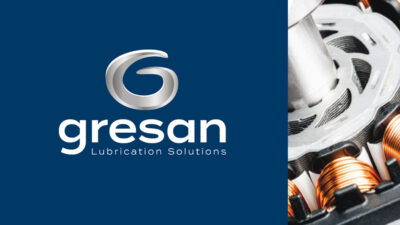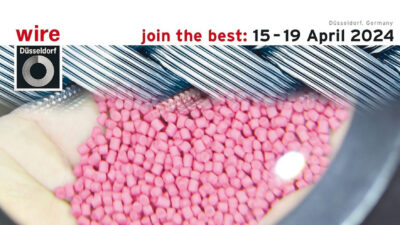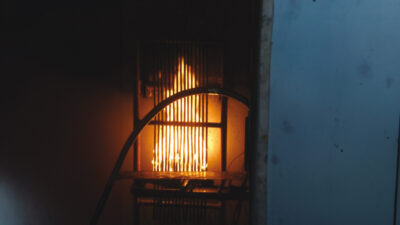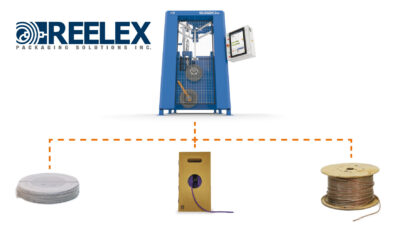Managing the thermal stability aspects of PVC cables
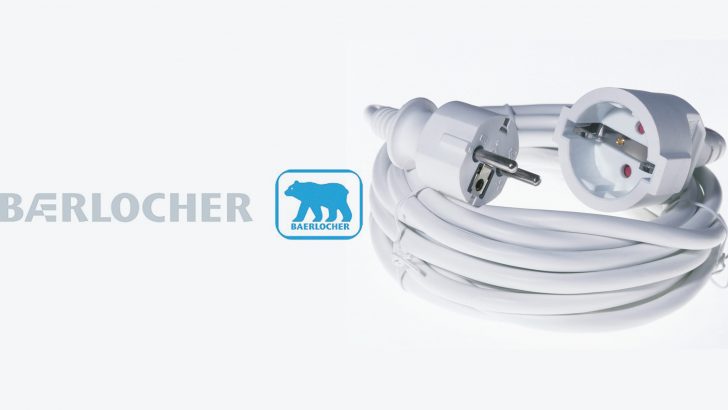

Cables are used in a wide variety of end uses, some of which have very demanding conditions. Therefore, the main priority for cable manufacturers is to meet the different specifications of their customers. Focusing on the PVC compound used for the extrusion of insulation and sheathing of cables, they prefer to produce or purchase one compound that covers the needs of all, or at least most, of their product range.
Regardless of whether cable manufacturers are developing their own formulations or discussing the desired properties with a compounder, one of their most important issue is “thermal stability”.
Ca-based stabilizers provide not only similar Congo Red stability but also equivalent color retention properties compared to lead based stabilizer. A Mathis test can demonstrate the colour hold of a compound during thermal ageing. The visual impression does not always correlate with the Congo Red values. For selection of the most suitable Baerlocher stabilizer solution for a customers’ compound both properties have to be considered.
A number of definitions of thermal stability are used in the world of polymers. One very generic explanation can be found in Rosato’s Plastics Encyclopedia and Dictionary: “Resistance to permanent changes in properties caused solely by heat.”
But what are the significant properties and how do we measure them?
In most cases, PVC cable norms refer to a limitation of a change of mechanical properties such as elongation at break, tensile strength or brittleness after accelerated aging at increased temperatures in ventilated ovens. Depending on the test method there are short term “heat shock tests” at temperatures well above service temperatures or prolonged aging at slightly lower temperatures. All these tests focus on the change of mechanical properties of cables after accelerated ageing. Some standards require the cables to withstand a certain time at 200°C without decomposition to ensure suitable heat stability. The test method relies on indicator paper which show the release of acid gas due to decomposition (Congo Red test).
The aim is to test the functionality of the cable with accelerated aging tests at increased temperatures over a certain period of time to predict the lifespan of the cable at the intended continuous operating temperature of the cable. The heat stability of a cable is the result of complex interactions of all components of the compound’s formulation: PVC, plasticizer, stabilizer, filler, pigments, flame retardants and more. The stabilizer, however, plays a major role in the formulation. Baerlocher offers technical solutions for these basic thermal stability requirements.
Although the focus is on meeting the properties of the different cable standards, other requirements in the area of thermal stability are also important to manufacturers, such as the initial color of cables and their resistance to color changes during various manufacturing processes (mixing, compounding, extrusion, etc.) or aging over time. However, a color issue of a cable is not necessarily linked to an insufficient thermostability in respect to cable norms.
PVC cables, stabilized with Ca-based stabilizers, tend to discolor earlier than those stabilized with traditional lead-based stabilizers, which due to their selfpigmentation mask the color change. Although such a color change is only a cosmetic effect, it is often not accepted by the cable manufacturers. All of these various properties can be influenced by different components in a complex stabilizer formulation. This complexity often leads to higher raw material costs, which in turn leads to higher stabilizer costs.
It is therefore crucial for efficient production, in all respects, to discuss the necessary thermal stability requirements in order to choose the most cost-effective solution for the customer. For example, a perfectinitial color and color hold of a compound with high thermal stability for heat-resistant cables used for a black sheathing (for standard 70°C applications) would be over-engineered and economically, not viable.
Baerlocher offers a variety of stabilizers to meet all these requirements. Cables stabilized with Baerlocher products show excellent Congo-Red stability values even at long-term exposure. Other important advantages are excellent processing, outstanding electrical properties, low water absorption and optimum dispersion. Baerlocher’s technical service is available to find the optimal tailor-made solutions for each customer.
The Baerlocher Group of Companies is a leading supplier for additives to the global plastics industry and a metal soap specialist for many non-polymer applications. Baerlocher is the global partner of the industry for all PVC processing with consistent leading edge technology for sustainable Solid Calcium Zinc and Calcium Organic stabilizer systems serviced locally from world class production sites in many deliverable user friendly forms. Baerlocher Kimya, founded in 2012 as a wholly-owned subsidiary of the Baerlocher Group, was established to more effectively support the growing local PVC market. The plant located in Akhisar boasts a state-of-the-art technical applications laboratory – enabling Baerlocher Kimya’s team of experts to create top-of-the-line PVC stabilizer solutions tailored to customers’ unique requirements.
www.baerlocher.com
Bert Schäkel, Technical Product Manager for PVC Additives Wire & Cable at Baerlocher GmbH



